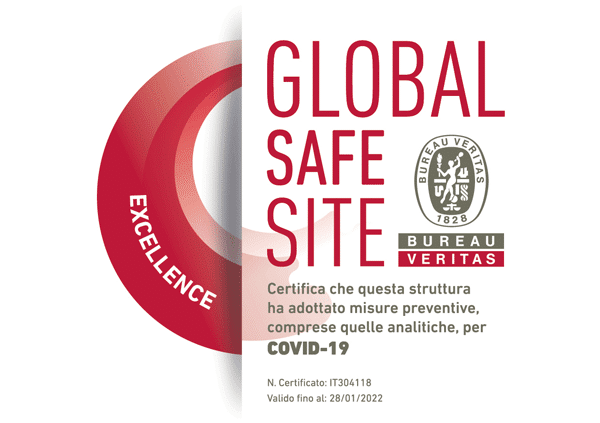Presbyopia is a physiological phenomenon that affects all people over 40 years of age.
La presbiopia
The eyes of a young person can easily see objects placed at different distances from the eye because its lens can easily focus on objects at a distance from and close to the eye (the eye’s accommodation capacity).
After 40, the crystalline loses elasticity and the eye’s accommodation capacity starts to decrease. Sharp near vision is therefore a problem; and as the patient’s age increases, s/he will have to hold objects further away from the eyes to bring them into focus. This is known as presbyopia.
The hyperopic patient also has poor near vision; however, this is a different defect. In the majority of these cases of hyperopia, the defect is observed from birth. Presbyopia, on the other hand, is due to an ageing process that affects the crystalline’s ability to accommodate.
Presbyopia is a physiological phenomenon the affects all people who are over 40 years of age.
How presbyopia can be corrected
The most straightforward option is spectacles and is the first option to be considered when presbyopia is in its early stages.
However, every three-five years (normally when the patient is between 40-60 years of age), the spectacles should be changed because the presbyopia will gradually increase and consequently, the lens power should also increase.
Presbyopia will normally stabilize after 60 years of age.
Patients aged over 40 years of age who use lenses to correct myopia, astigmatism or hyperopia must also use lenses for near vision.
Correction of presbyopia can produce good results. And the correction of presbyopia can also simultaneously correct defects such as myopia, hyperopia and astigmatism, if not already already corrected.
- Laser: using an excimer laser, it is possible to eliminate spectacles for distance and near vision. The procedure closely resembles LASIK for the correction of myopia.
- Artificial crystalline lens (IOL): in some cases, the lens can be replaced with an artificial crystalline lens (Intra Ocular Lens, IOL). The technique used is the same as the method used to remove the cataract. Again in this case, distance and near vision are also corrected;
- Intracorneal lenses: these lenses can be inserted inside the cornea, following a preparatory phase with the laser. This will liberate the patient from reading glasses.
Presbyopia affects everyone; however until recently, it was considered to be a defect that could not be eliminated. At the time of writing, there are valid and efficacious techniques to eliminate the need to use reading glasses.
Who is suitable for the procedure?
An eye doctor, expert in refractive surgery, will suggest the most suitable technique for the case in hand: generally-speaking, he will base his decision on the type of eye, the patient’s age, the patient’s sight requirements and also on the surgery experience of the individual operator and the instruments or machines available.




